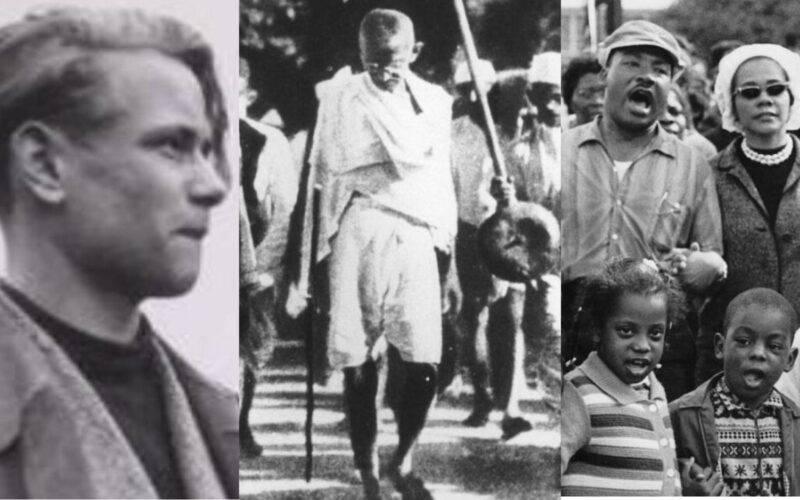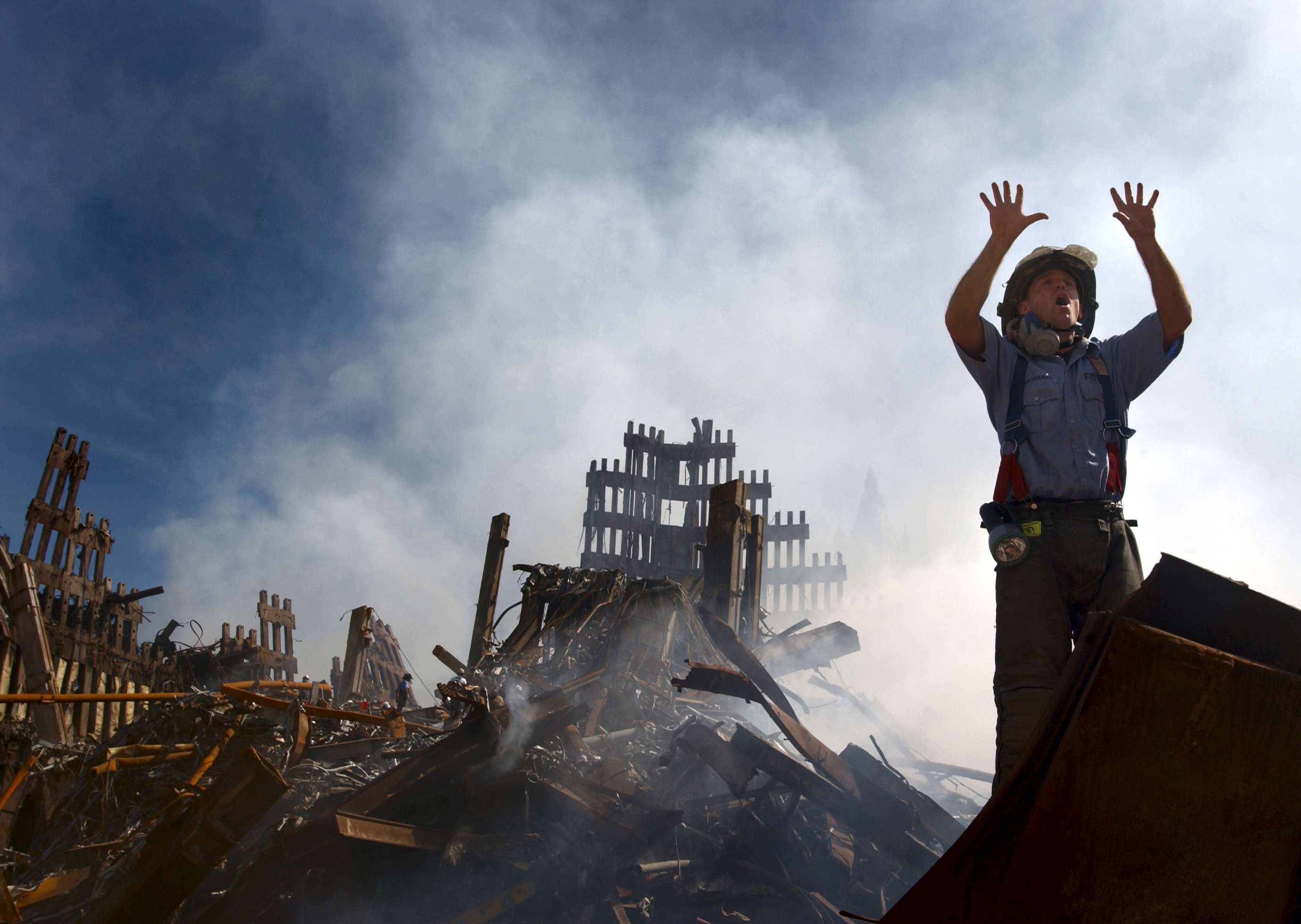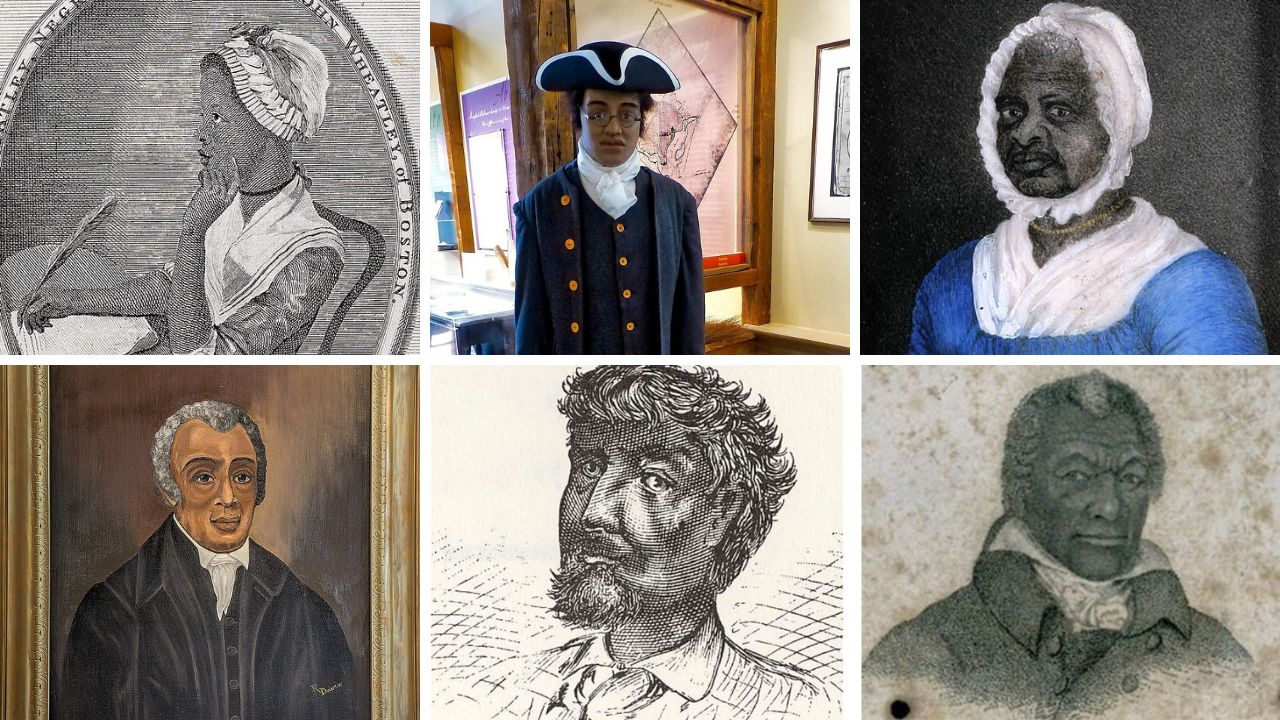Teens have never waited for permission to challenge power. Centuries before digital activism, their handwritten pamphlets, schoolyard strikes, and fearless confrontations with authority reshaped nations. These ten protests, ignited by youth under 20, didn’t just make headlines they made history, proving that rebellion needs no résumé, only rage and a willingness to act
1. 1955, Montgomery
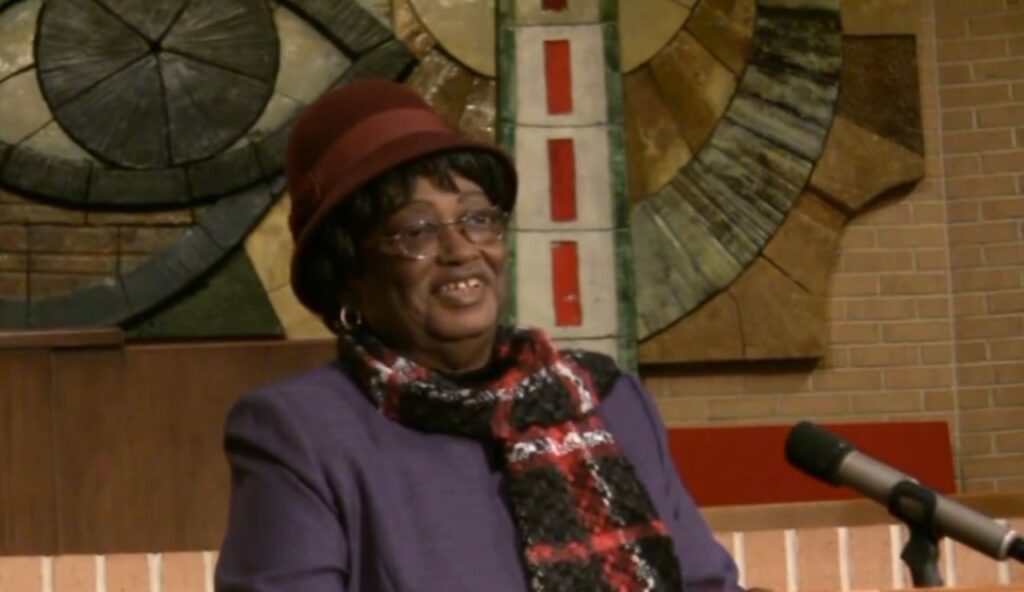
Claudette Colvin, a 15-year-old Black student, refused to surrender her bus seat to a white passenger nine months before Rosa Parks’ arrest. Dragged off the bus, she later testified in Browder v. Gayle , the lawsuit that struck down segregated transit laws. Her defiance, dismissed by adult leaders as ‘too messy,’ exposed the Civil Rights Movement’s reliance on palatable icons. Colvin’s courage, raw and unfiltered, became the legal foundation for dismantling segregation
2. 1976, Soweto
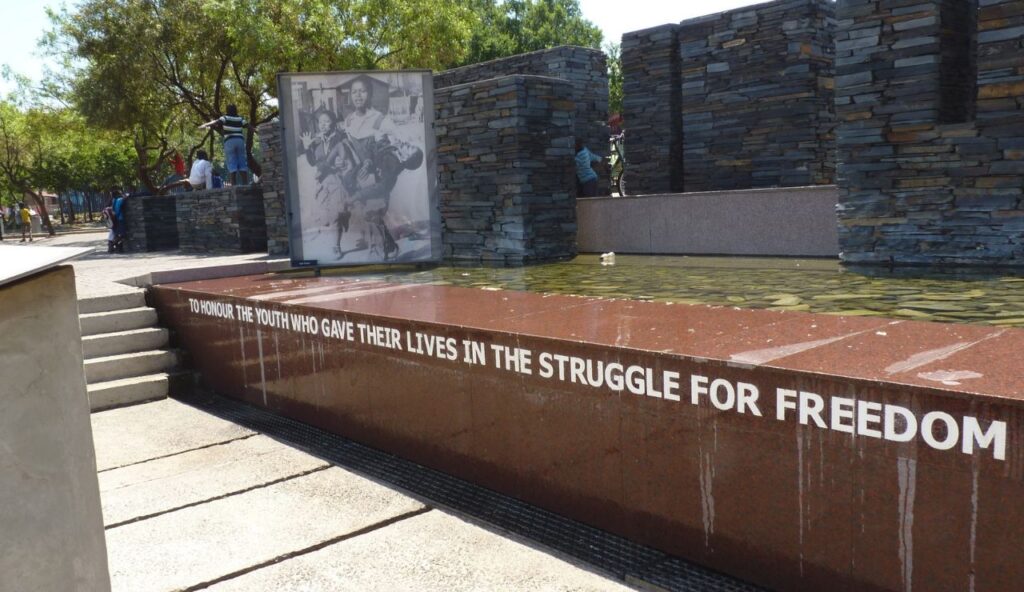
South African high schoolers marched against Afrikaans as a colonial language, led by 15-year-old Hastings Ndlovu and 19-year-old Tsietsi Mashinini. Police opened fire, killing hundreds, including 13-year-old Hector Pieterson. His dying moments, captured in a photo, became apartheid’s epitaph. Schools closed for months as youth sabotaged infrastructure. The uprising ignited global outrage, accelerating sanctions against the regime.
3. 1943, Munich
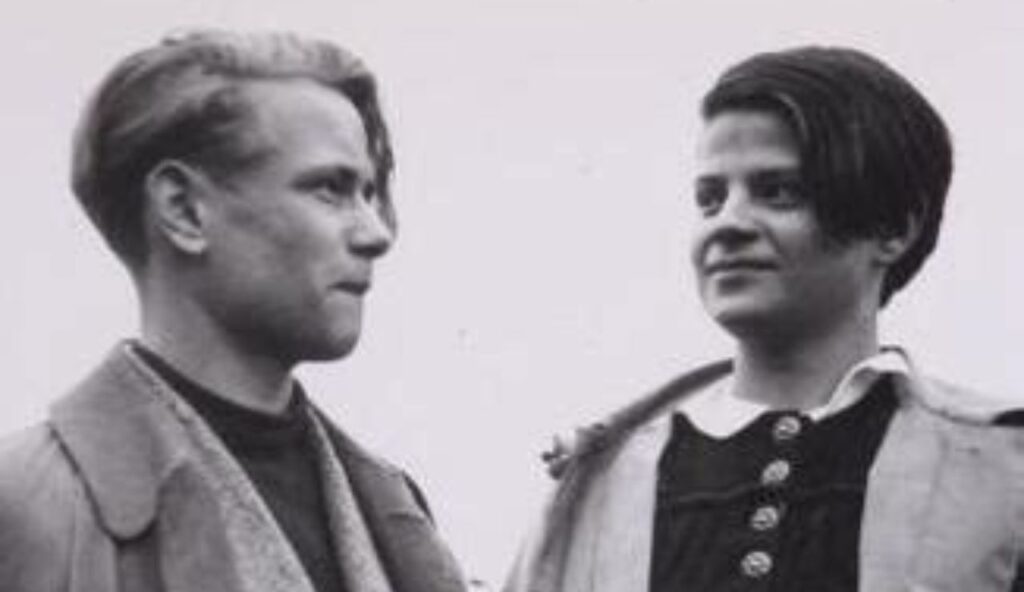
Hans and Sophie Scholl, students in their early 20s, distributed anti-Nazi pamphlets demanding passive resistance. Their ‘White Rose’ movement called the regime a ‘dictatorship of evil,’ urging students to sabotage war efforts. Arrested and executed, their words were smuggled to Britain, shaming the Third Reich’s facade of unity. Their legacy? Courage isn’t diluted by age and truth can topple terror.
4. 1943, Los Angeles
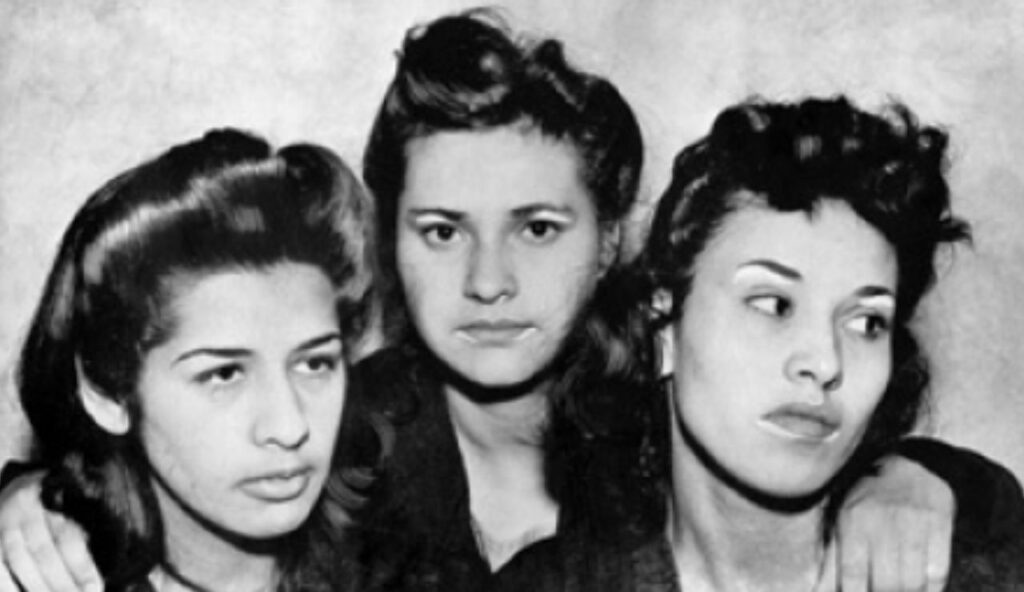
Mexican-American teens in zoot suits defied wartime austerity laws, embracing flashy fashion as rebellion. When sailors attacked them, framing the violence as patriotic, Pachucos fought back with switchblades and fury. The riots exposed racial hierarchies masked as morality. Their resistance inspired Chicano movements decades later, proving style could weaponize identity against oppression.
5. 1965, Selma
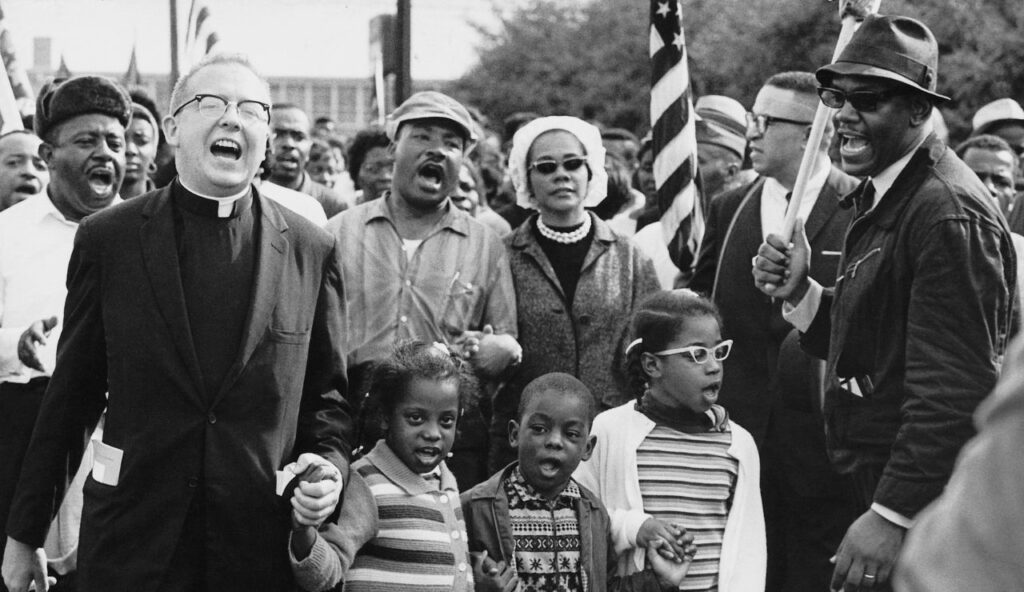
15-year-old lynda lowery survived a savage beating on the edmund pettus bridge, her skull fractured by alabama state troopers. she sued governor george wallace, securing a ruling that forced the voting rights act’s passage. students organized “snooze-ins” in jail cells, refusing food until released. their resilience fractured america’s complacency, proving youth could outlast batons.
6. 1980, Gwangju
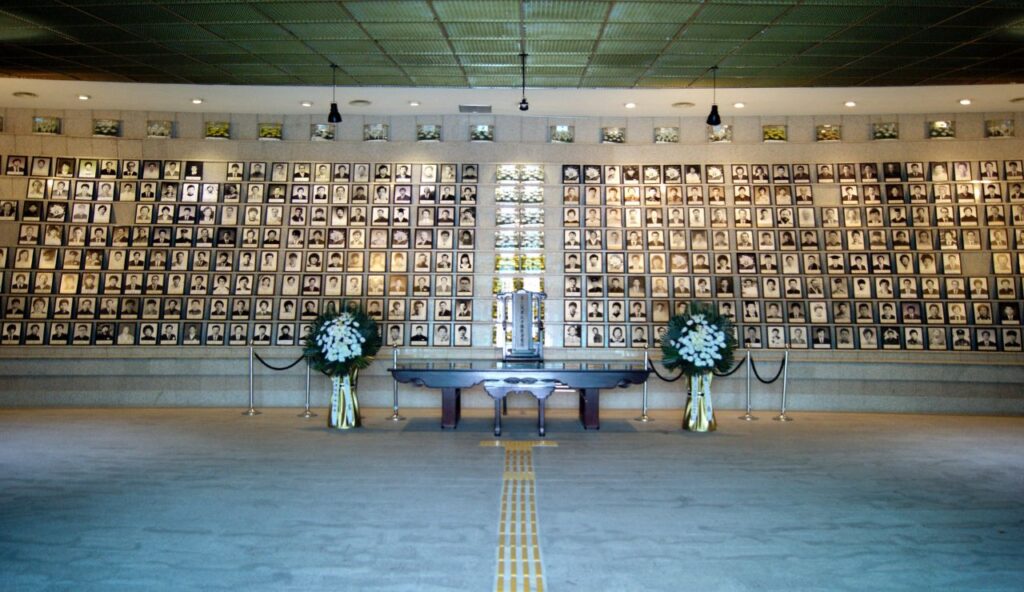
South Korean high schoolers stormed a radio station to broadcast massacre details, knowing snipers targeted them. Soldiers killed hundreds of civilians, but students risked death to expose the truth. Their final transmission: ‘We are not terrorists. We are students. We are dying.’ The broadcast galvanized global condemnation, forcing reforms that dismantled military rule.
7. 1999, Seattle
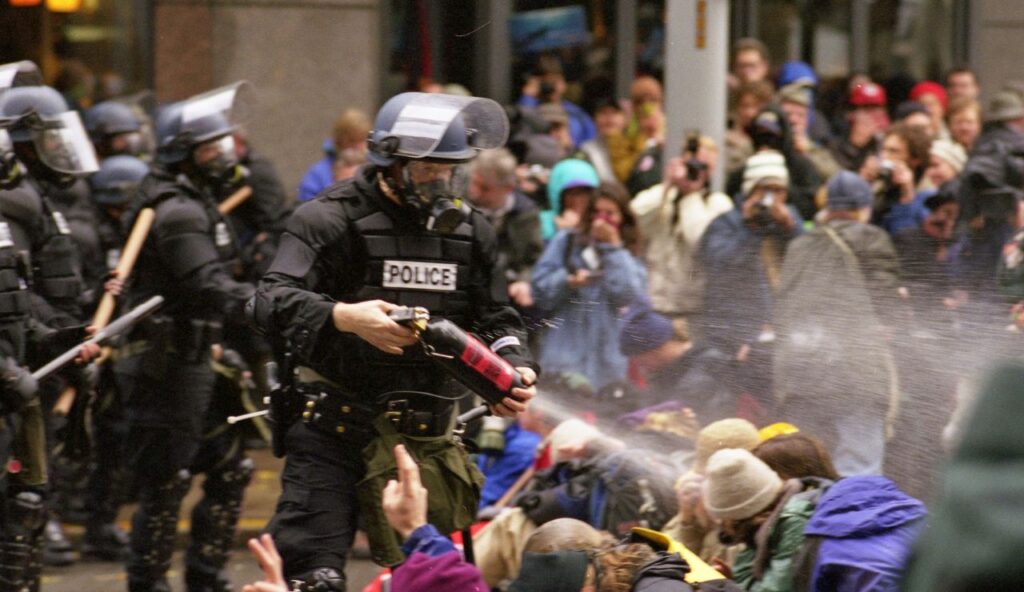
High school climate clubs linked arms around the WTO Convention Center, delaying the conference with bicycle-chain human shields. Their slogan ‘No globalization on stolen land’ centered Indigenous rights. The ‘turtles’ became a blueprint for decentralized protest, merging eco-justice with anti-capitalism. Their tactics influenced Occupy Wall Street and modern climate movements.
8. 1992, Montreal
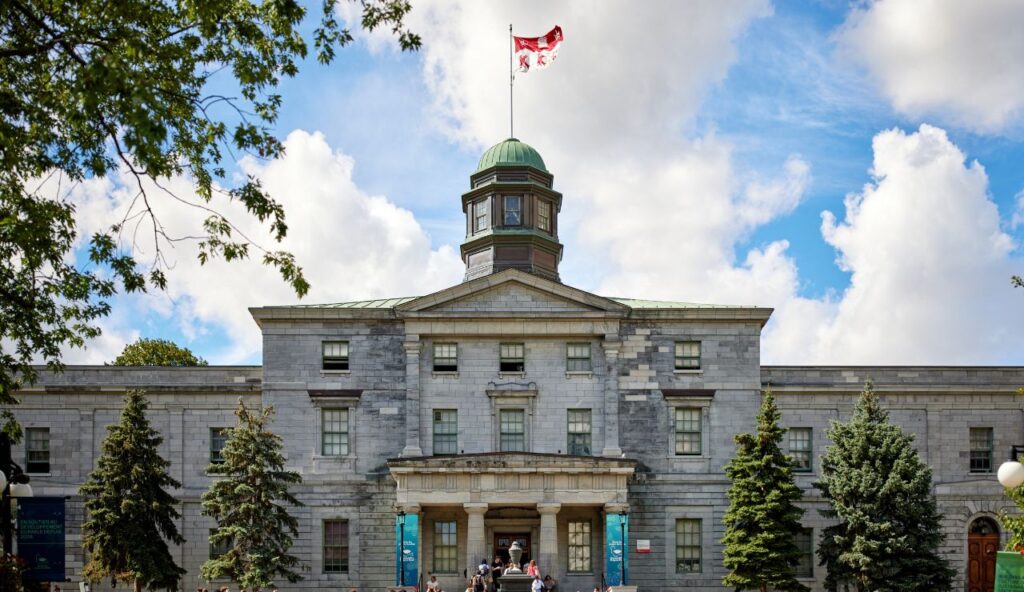
50,000 students smashed McGill University windows, burned effigies of politicians, and occupied the stock exchange. Organized via underground radio and photocopied flyers, the ‘Day of Rage’ forced a tuition freeze. The protests exposed systemic inequality in education, inspiring later student strikes across Canada.
9. 1998, Serbia
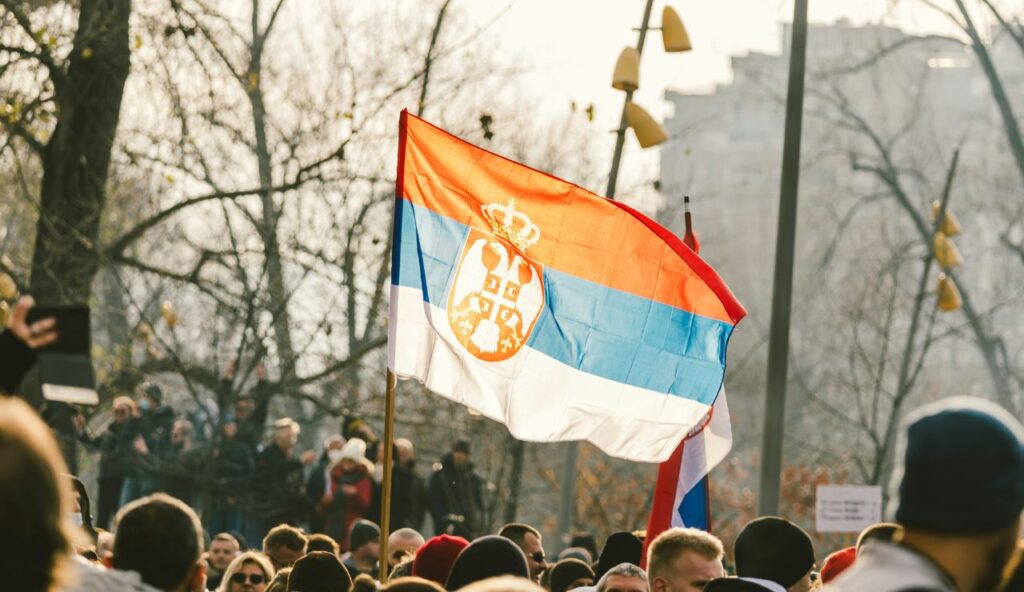
Optror trained teens in guerrilla theater to mock slobodan milosevic, rolling a barrel labeled “slobodan” downhill. Their stenciled fist logos and dark humor eroded the dictator’s cult of personality. The movement’s handbook, ‘can you wage a revolution with a joke?’, became a global playbook. milosevic fell in 2000, unseated by memes and molotovs.
10. 1922, India
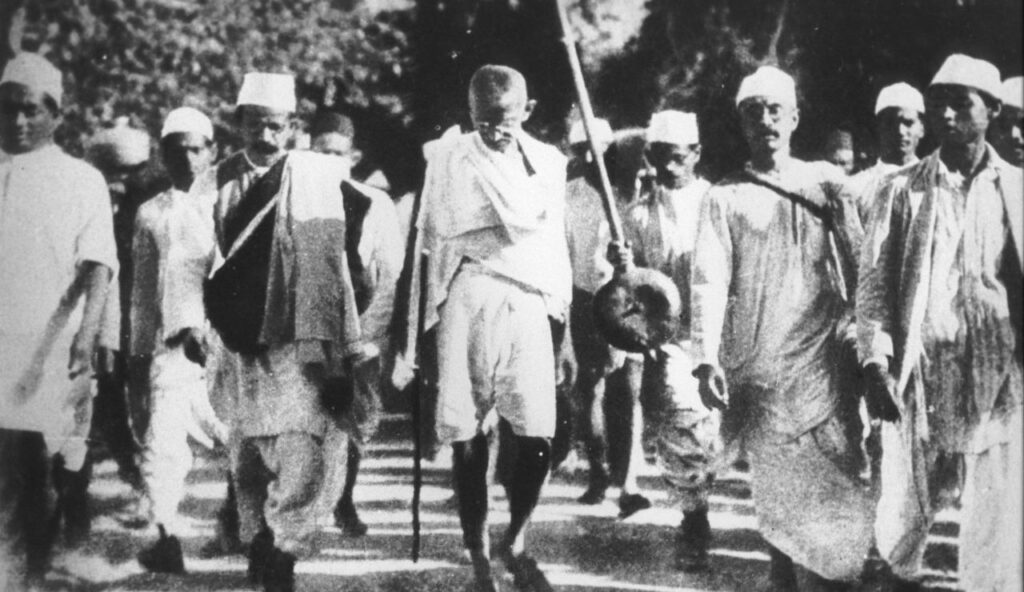
A 19-year-old’s hunger strike during the non-cooperation movement paralyzed british rule. Thousands followed, turning jail cells into arenas of moral defiance. The protests forced the colonial government to release gandhi, accelerating empire’s collapse. Youth proved that sacrifice, not strategy, could fracture imperial power.
